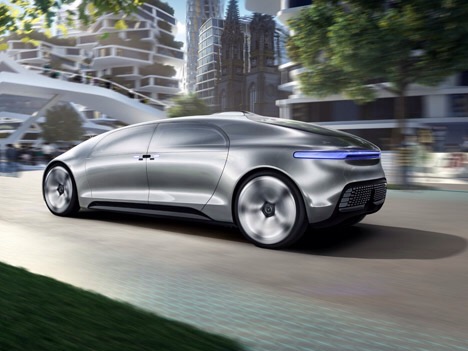
If you remember back to the late 90s, the words Iridium and Concorde should ring a bell. Iridium, the brainchild of post-Cold War Motorola, was the satellite phone technology that was supposed to revolutionize the cell phone industry by enabling you to make a call from anywhere in the world – even places like Chechnya or the Gobi Desert. The Concorde boasted its ability to get passengers from London to New York in around 3 hours by traveling at supersonic speeds. The fact that these products no longer exist should be a clue that what is hyped in the media as the next breakthrough technology to be commercialized does not always go as planned.
One of the main reasons that these technologies failed is not that they weren’t revolutionary or game-changing from a design perspective, but rather that their commercial applications were misguided. For both Concorde and Motorola teams, they assumed that customer demand would be endless, or at least strong enough to make the project worthwhile. Why did they assume this? Because the engineers building Iridium were the same ones who had spent their careers working on government projects for which there was a guarantee demand for the technology they built, and the Concorde was actually a French/British government project that was planned to be commercialized.
Furthermore, both companies failed to realize that their potential customer base was actually a small sub-segment of the existing cell phone and travel customers that was willing to pay more for a phone that works everywhere or save 3 hours in flying time. The rest of the cell phone users and travelers were satisfied with the existing lower-cost limitations of phones and planes. From the engineers’ perspective, who in their right mind wouldn’t want to take advantage of this technology?
Besides who was going to buy it, these companies failed to take into account real-world limitations of the technology. For Iridium, the phone couldn’t work inside buildings or in dense cities, which coincidentally was exactly where their potential customers wanted to use them. For the Concorde, it was not allowed to fly at certain times of day due to the obnoxious sonic booms, which coincidentally was exactly when the potential customers wanted to fly.
The media is great at constantly hyping Google and now Apple’s autonomous driving projects with pictures of little egg shaped pods flashing across the screen. There are no doubt going to be automated features that make driving safer while being profitable projects for car companies, but the Motorola and Concorde cases beg the question as to how large this consumer base for fully autonomous vehicles can be, and what real-world limitations might stand in the way.
For the first generations of fully autonomous vehicles, they’re going to be expensive, they’re going to be confined to dense urban centers that are more or less low-speed and grid-like, and it can’t be snowing or torrentially raining outside. How many places can you think of that fit all three? Autonomous features and eventually fully autonomous cars are absolutely coming and will definitely re-shape the future of automobiles, but we cannot forget that we’ve been in similar situations with similar groundbreaking technologies before – best not to bury our heads in the sand quite yet.
Image Source: dezeen.com